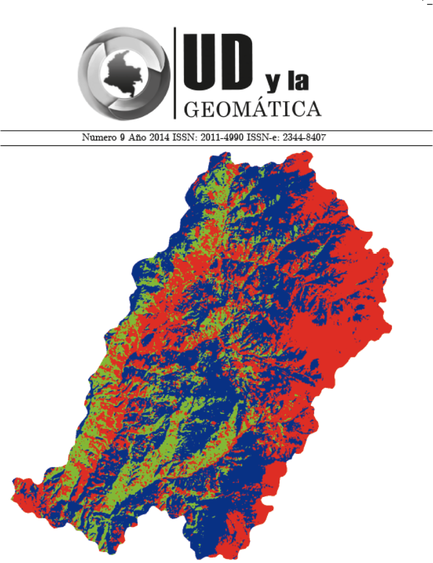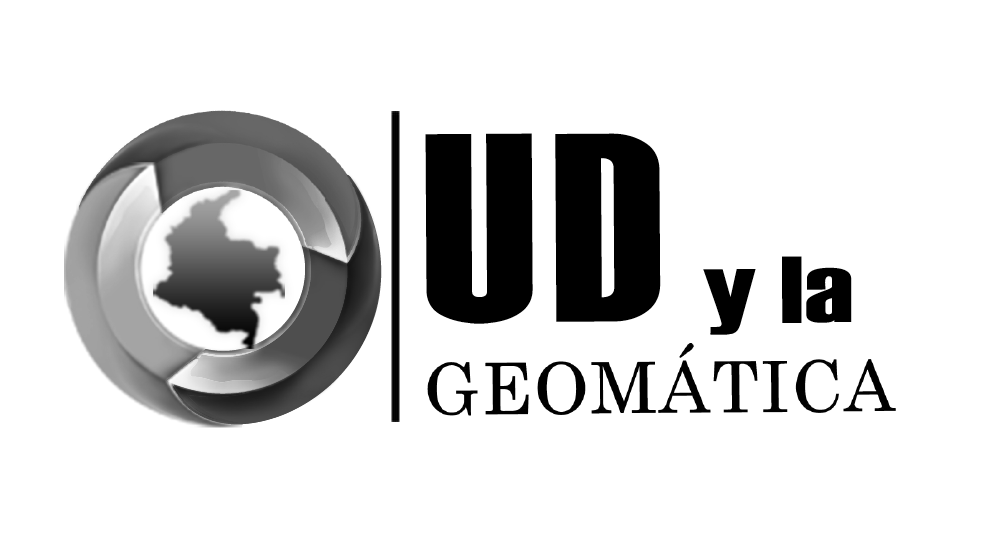DOI:
https://doi.org/10.14483/23448407.7981Publicado:
2015-12-14Número:
Núm. 9 (2014)Sección:
Artículo de investigación científica y tecnológicaRemote Detection of Oil Slicks at the Ocean Surface
Palabras clave:
Detection of petroleum, Interferometry, lasers, MODIS, SAR (es).Descargas
Resumen (es)
The 2010 Deepwater Horizon (DWH) oil slick caused by the explosion of the Macondo well was the worst man-made disaster in the history of the Gulf of Mexico, and the largest marine spill in the history of the petroleum industry. We provide an overview of our efforts to monitor the extent of these slicks using automated algorithms for the Moderate Resolution Imaging Spectroradiometer (MODIS), and the Synthetic Aperture Radar (SAR). We discuss the advantages and limitations of each of the methods in detection of oil from space, and suggest that the NIR bands may be the best option to monitor emulsified oil when using passive sensors. Additionally, we discuss current laboratory-based efforts to measure oil thickness via holographic interferometry, and propose this as an ideal technique for future remote sensing of oil.
Referencias
Broadus, J. & Vartanov, R. (1994). The Oceans and Envi-ronmental Security: Shared US and Russian Perspecti-ves. Washington: Island Press.
Clark, R., Swayze, G., Leifer, I., Livo, K., Kokaly, R., Hoefen, T. Dominguez, R. (2010). A method for quantitative mapping of thick oil spills using imaging spectroscopy. U.S. Geological Survey Open-File Report 2010–1167, 51 p.
Cox, C. & Munk, W. (1954). Measurement of the Sea Surface from Photographs of the Sun’s Glitter. Journal of the Optical Society of America, 44, (11), 838-850. DOI: 10.1364/JOSA.44.000838.
Fingas, M. & Brown, C. (2014). Review of oil spill re-mote sensing. Marine Pollution Bulletin 83, 9-23. DOI: doi:10.1016/j.marpolbul.2014.03.059.
Gallegos, S., Hawkins, J. & Cheng, C. (1993). A New Method of Cloud Masking for Advanced Very High Resolution Radiometer Full Resolution Data Over the Ocean. Journal of Geophysical Research, 98, (5), 8505-8516. DOI: 10.1029/93JC00100.
Garcia-Pineda, O., MacDonald, I., Zimmer, B. (2008). Synthetic Aperture Radar Image Processing using the Supervised Textural-Neural Network Classification Al-gorithm. Geoscience and Remote Sensing Symposium, 2008. IGARSS 2008. IEEE International,4,1265-1268. DOI: 10.1109/IGARSS.2008.4779960.
Garcia-Pineda, O. MacDonald, I., Li, X., Jackson, C. & Pichel, W. (2013). Oil Spill Mapping in the Gulf of Mexico with Textural Classifier Neural Network Al-gorithm (TCNNA). Selected Topics in Applied Earth Observations and Remote Sensing, IEEE Journal of, 6, (6), 2517-2525. DOI: 10.1109/JSTARS 20132244061.
Holt, B. & Hilland, J. (2000). Rapid Repeat SAR Imaging of the Ocean Surface: Are Daily Observations Possible? John Hopkins APL Technical Digest, 4, (1), 162-169.
Hu, C., Li, X., Pichel, W. & Muller-Karger, F. (2009). De-tection of Natural Oil Slicks in the NW Gulf of Mexico using MODIS imagery. Geophys. Research Letters, 26, (1), 1-5. DOI: 10.1029/2008GL036119, 2009.
Kukhtarev, N., Kukhtareva, T. & Gallegos, S. (2011). Holographic Interferometry of oil films and droplets in water with single-beam mirro-type scheme. Applied Optics, 50,(8), 853-857. DOI: 10.1364/AO.50.000B53.
Kvenvolden, K. & Cooper, C. (2003). Natural Seepage of Crude Oil Into the Marine Environment. Geo-Mar Letters, 23, 140-146. DOI: 10.1007/s00367-003-0135-0.
MacDonald, I., Reilly, J., Best, S.,Venkataramaiah, R., Sassen, S., Guinasso, L...Amos, J. (1996). Remote sensing inventory of active oil seeps and chemosynthe-tic communities in the northern Gulf of Mexico. In D. Schumacher & M. Abrams (Eds.). Hydrocarbon migra-tion and its near-surface expression. (pp. 27-37). Tulsa: The American Association of Petroleum Geologists.
National Research Council (NRC) (2003). Oil in the Sea III Inputs, Fates and Effects. Washington: The National Academies Press
Cómo citar
APA
ACM
ACS
ABNT
Chicago
Harvard
IEEE
MLA
Turabian
Vancouver
Descargar cita
Licencia
La revista UD y la Geomática se encuentra bajo una licencia Creative Commons - 2.5 Colombia License.
Atribución - No Comercial - Sin Derivadas





